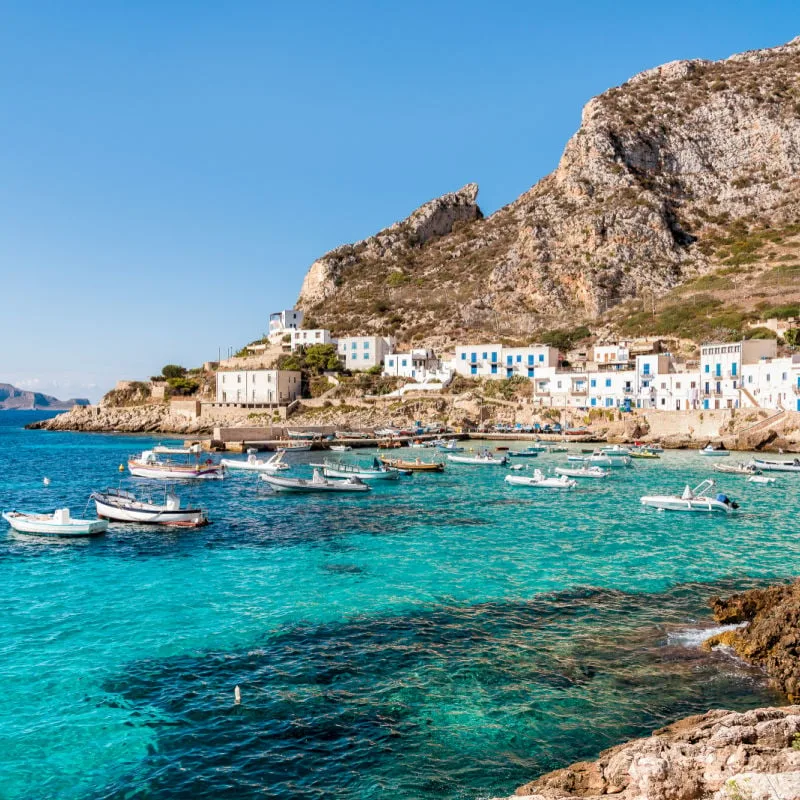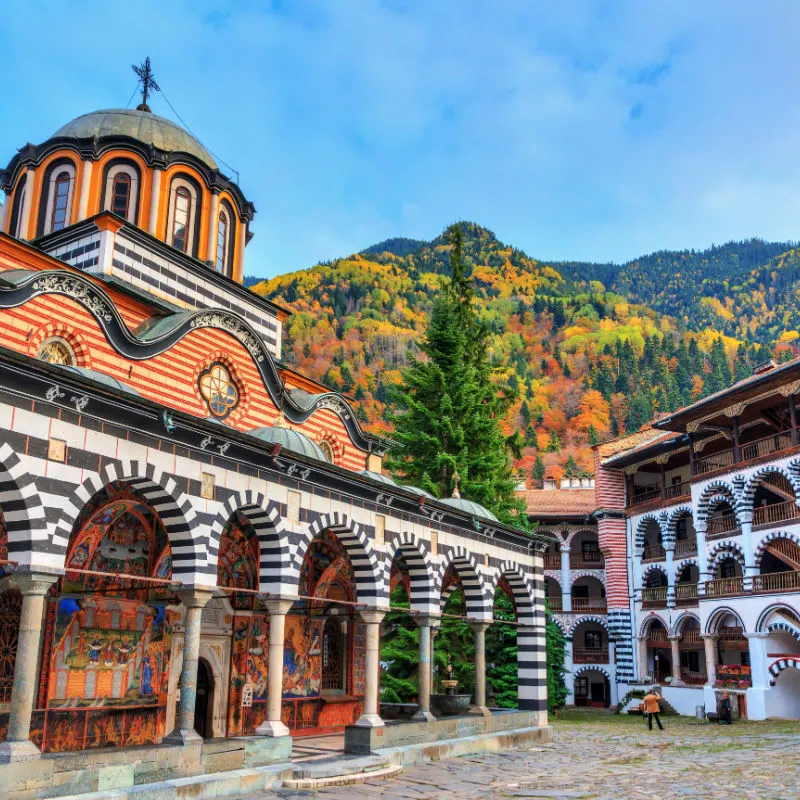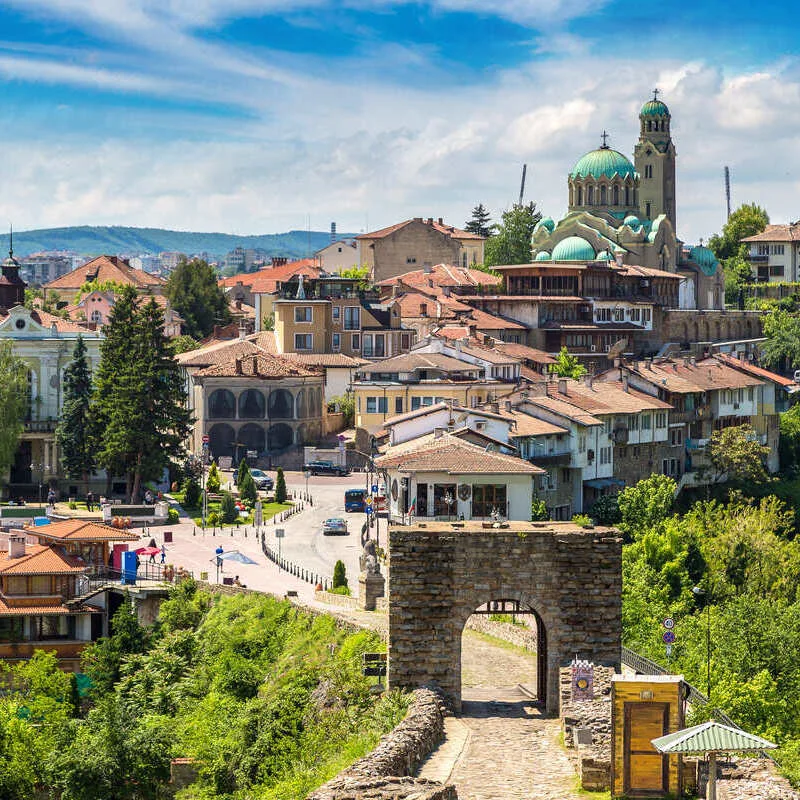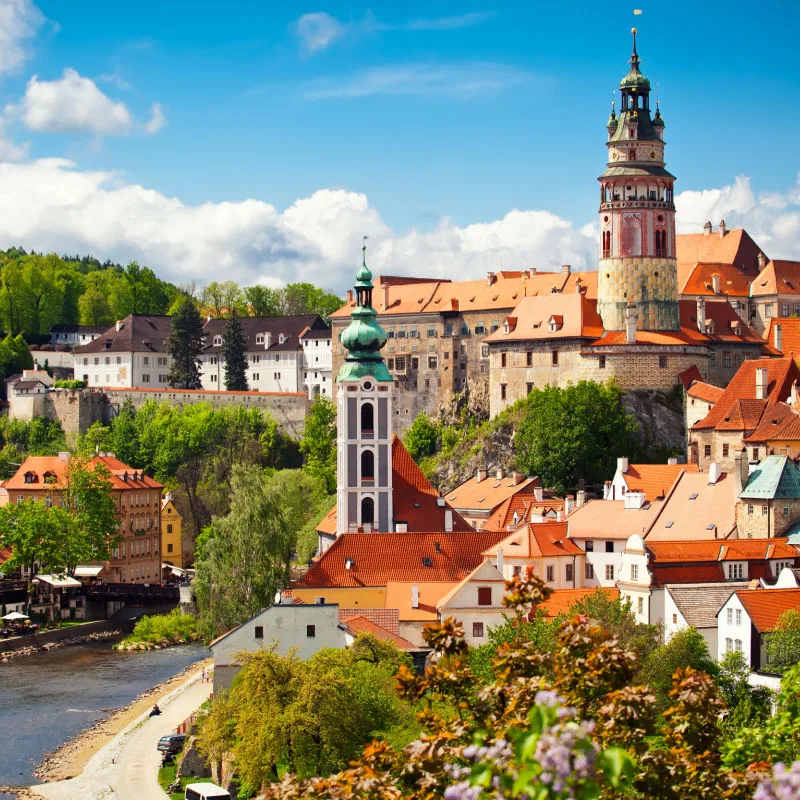Last Updated
Mediterranean Europe is a surefire hit among Americans.
Famous for its beautiful waters, rich History, and flavorful cuisine, the region draws in millions of visitors every year, with destinations like Spain, France, and Italy leading booking trends, but it might have seen its heyday.

Though it remains a highly sought-after destination, the ‘Med’ is now significantly less attractive to the average traveler, as lesser-known spots in Europe’s Eastern flank that were once overlooked outpace their Southern neighbors in their post-crisis recovery.
So why are Med vacations dropping in popularity? More importantly, why is everyone heading East all of a sudden?
Tourists Want To Escape The Oppressive Heat

As those of you who have spent summers in the Mediterranean will know, the scenery may be spectacular, and the waters of the shiniest blue, but the heat can be overwhelming. Every year, Med countries get hotter than they were before, hitting record temperatures in the peak season.
2023 has been no different, as a heatwave washes over the Old Continent, leading to hospitalizations and other serious events in Southern spots such as Spain and Italy, where life under 100°F is now the norm.
Unsurprisingly, the Med’s extreme weather has been pushing tourists away as they begin to prioritize destinations with milder temperatures when traveling for their summer holidays. New data from the European Travel Commission (ETC) helps support this claim.
Top 5 Travel Insurance Plans For 2023 Starting At $10 Per Week

According to the organization, the popularity of Mediterranean countries has dropped by a significant 10% compared to last year, when Europe experienced its hottest summer on record, with an estimated 62,862 heat-related deaths.
This year, fires have raged across Greece, Spain, and France, with states of emergency declared in the Mediterranean subgroup, especially in Rhodes, where tourists had to be evacuated from as it lit up in flames overnight.
If they’re looking to escape the excessive heat yet still want to enjoy the sun, then where are they going?
The Rise Of The East

As the ETC reported, some Eastern destinations have been identified by travelers as viable alternatives to Southern Europe’s long-standing climate battle: though they can still see high temperatures, particularly between June and August, these are rarely oppressive.
One of the destinations highlighted in the study is Bulgaria, a country in the Eastern Balkans. Lining the Black Sea, it is one of the continent’s rising stars, with resort spots like Sunny Beach and Sveti Vlas making headlines as Europe’s next trendy destinations.

The Czech Republic, in Central Europe, has been noted by the ETC as well as a powerful competitor against the Mediterranean. Except for the odd overheating day, temperatures in Prague remain spring-like throughout summer, with highs of 77°F during the day and cooler evenings.
They may not be mentioned in the study, but Budapest, in neighboring Hungary, the hugely underrated Bratislava, capital of Slovakia, and Ljubljana, in alpine Slovenia, are strong contenders for favorites with similar characteristics.
Eastern Europe Is Cheaper

The milder weather isn’t the only reason why tourists are now flocking into Eastern Europe: it can be a lot cheaper than the over-touristed West, as a majority of countries have not yet been Euroized and have weaker national currencies, giving Americans more bang for their buck.
Out of the countries mentioned above, Slovenia is the only one that has adopted the Euro.
Though all the others are full members of the European Union, they have retained their historic currencies, which unlike the common European currency, often trail behind the dollar.

In the Bulgarian capital of Sofia, a meal at an inexpensive restaurant will cost a mere $11.27, while a pint of domestic beer is only $2.25. Traveling inside the country is also incredibly cheap, with train tickets averaging $6 to $11, depending on the destination.
Going from Sofia, in Bulgaria’s far West, to Burgas, on the Black Sea coast, 450 kilometers away, expect to pay $13.53 for a first-class ticket booked in advance. Elsewhere in Europe, you can cover distances that are much shorter, paying a lot more.

For instance, traveling from Paris, the French capital, to Nice, the gateway to Cote d’Azur, train tickets often hit the $100 mark one-way or a lot higher, making it harder for budget travelers to explore more extensively.
Finally, there is the matter of crowding. Eastern countries receive far fewer tourists than their Western counterparts, which means points of interest can be better appreciated, and the atmosphere is nicer in general.
In the ETC study, other colder destinations are listed, such as Ireland and Denmark, though these are firmly planted in overpriced Western Europe.
Traveler Alert: Don’t Forget Travel Insurance For Your Next Trip!
↓ Join Our Community ↓
The Travel Off Path Community FB group has all the latest reopening news, conversations, and Q&A’s happening daily!

SUBSCRIBE TO OUR LATEST POSTS
Enter your email address to subscribe to Travel Off Path’s latest breaking travel news, straight to your inbox.
This article originally appeared on TravelOffPath.com
